Table of Contents
About the Author Sandra Luna McCune, Ph.D., is professor emeritus and a former Regents professor in the Department of Elementary Education at Stephen F. Austin State University, where she received the Distinguished Professor Award. She now is a full-time author and consultant and resides near Austin, Texas. Acknowledgments I would like to thank Grace Freedson, Greg Tubach, and Christina Stambaugh for their support and encouragement during completion of this book. I also owe a debt of gratitude to Lynn Northrup, Tom Page, and Mary Jane Sterling for their meticulous editing and invaluable suggestions and to Donna Wright for her careful proofing of the manuscript. | Dedication This book is dedicated to my grandchildrenRichard, Rose, Jude, Sophia, Josephine, and Myla Mae. They fill my life with joy! Editorial Executive Editor: Greg Tubach Senior Editor: Christina Stambaugh Copy Editor: Lynn Northrup Technical Editors: Tom Page and Mary Jane Sterling Proofreader: Donna Wright |
CliffsNotes Grade 6 Common Core Math Review
Copyright 2015 by Houghton Mifflin Harcourt Publishing Company
All rights reserved.
Library of Congress Control Number: 2014960089
ISBN: 978-0-544-37332-7 (pbk)
eISBN: 978-0-544-40979-8
v1.0615
For information about permission to reproduce selections from this book, write to Permissions, Houghton Mifflin Harcourt Publishing Company, 215 Park Avenue South, New York, New York 10003.
www.hmhco.com
THE PUBLISHER AND THE AUTHOR MAKE NO REPRESENTATIONS OR WARRANTIES WITH RESPECT TO THE ACCURACY OR COMPLETENESS OF THE CONTENTS OF THIS WORK AND SPECIFICALLY DISCLAIM ALL WARRANTIES, INCLUDING WITHOUT LIMITATION WARRANTIES OF FITNESS FOR A PARTICULAR PURPOSE. NO WARRANTY MAY BE CREATED OR EXTENDED BY SALES OR PROMOTIONAL MATERIALS. THE ADVICE AND STRATEGIES CONTAINED HEREIN MAY NOT BE SUITABLE FOR EVERY SITUATION. THIS WORK IS SOLD WITH THE UNDERSTANDING THAT THE PUBLISHER IS NOT ENGAGED IN RENDERING LEGAL, ACCOUNTING, OR OTHER PROFESSIONAL SERVICES. IF PROFESSIONAL ASSISTANCE IS REQUIRED, THE SERVICES OF A COMPETENT PROFESSIONAL PERSON SHOULD BE SOUGHT. NEITHER THE PUBLISHER NOR THE AUTHOR SHALL BE LIABLE FOR DAMAGES ARISING HEREFROM. THE FACT THAT AN ORGANIZATION OR WEBSITE IS REFERRED TO IN THIS WORK AS A CITATION AND/OR A POTENTIAL SOURCE OF FURTHER INFORMATION DOES NOT MEAN THAT THE AUTHOR OR THE PUBLISHER ENDORSES THE INFORMATION THE ORGANIZATION OR WEBSITE MAY PROVIDE OR RECOMMENDATIONS IT MAY MAKE. FURTHER, READERS SHOULD BE AWARE THAT INTERNET WEBSITES LISTED IN THIS WORK MAY HAVE CHANGED OR DISAPPEARED BETWEEN WHEN THIS WORK WAS WRITTEN AND WHEN IT IS READ.
Trademarks: CliffsNotes, the CliffsNotes logo, Cliffs, CliffsAP, CliffsComplete, CliffsQuickReview, CliffsStudySolver, CliffsTestPrep, CliffsNote-a-Day, cliffsnotes.com, and all related trademarks, logos, and trade dress are trademarks or registered trademarks of Houghton Mifflin Harcourt and/or its affiliates. All other trademarks are the property of their respective owners. Houghton Mifflin Harcourt is not associated with any product or vendor mentioned in this book.
Common Core State Standards Copyright 2010. National Governors Association Center for Best Practices and Council of Chief State School Officers. All rights reserved.
This product is not sponsored or endorsed by the Common Core State Standards Initiative of the National Governors Association Center for Best Practices and the Council of Chief State School Officers.
Introduction
This book is organized around the Grade 6 Common Core State Standards for Mathematics. These standards define what sixth-grade students are expected to understand and be able to do in their study of mathematics. They include content standards and mathematical practice standards.
In Grade 6, the content standards are grouped under five domains:
- Ratios and Proportional Relationships
- The Number System
- Expressions and Equations
- Geometry
- Statistics and Probability
Ratios and Proportional Relationships
Understand ratio concepts and use ratio reasoning to solve problems.
CCSS.Math.Content.6.RP.A.1 Understand the concept of a ratio and use ratio language to describe a ratio relationship between two quantities. For example, The ratio of wings to beaks in the bird house at the zoo was 2:1, because for every 2 wings there was 1 beak. For every vote candidate A received, candidate C received nearly three votes.
CCSS.Math.Content.6.RP.A.2 Understand the concept of a unit rate  associated with a ratio a : b with b 0, and use rate language in the context of a ratio relationship. For example, This recipe has a ratio of 3 cups of flour to 4 cups of sugar, so there is
associated with a ratio a : b with b 0, and use rate language in the context of a ratio relationship. For example, This recipe has a ratio of 3 cups of flour to 4 cups of sugar, so there is  cup of flour for each cup of sugar. We paid $75 for 15 hamburgers, which is a rate of $5 per hamburger.
cup of flour for each cup of sugar. We paid $75 for 15 hamburgers, which is a rate of $5 per hamburger.
CCSS.Math.Content.6.RP.A.3 Use ratio and rate reasoning to solve real-world and mathematical problems, e.g., by reasoning about tables of equivalent ratios, tape diagrams, double number line diagrams, or equations.
- CCSS.Math.Content.6.RP.A.3.A Make tables of equivalent ratios relating quantities with whole-number measurements, find missing values in the tables, and plot the pairs of values on the coordinate plane. Use tables to compare ratios.
- CCSS.Math.Content.6.RP.A.3.B Solve unit rate problems including those involving unit pricing and constant speed. For example, if it took 7 hours to mow 4 lawns, then at that rate, how many lawns could be mowed in 35 hours? At what rate were lawns being mowed?
- CCSS.Math.Content.6.RP.A.3.C Find a percent of a quantity as a rate per 100 (e.g., 30% of a quantity means
 times the quantity); solve problems involving finding the whole, given a part and the percent.
times the quantity); solve problems involving finding the whole, given a part and the percent. - CCSS.Math.Content.6.RP.A.3.D Use ratio reasoning to convert measurement units; manipulate and transform units appropriately when multiplying or dividing quantities.
The Number System
Apply and extend previous understandings of multiplication and division to divide fractions by fractions.
CCSS.Math.Content.6.NS.A.1 Interpret and compute quotients of fractions, and solve word problems involving division of fractions by fractions, e.g., by using visual fraction models and equations to represent the problem. For example, create a story context for  and use a visual fraction model to show the quotient; use the relationship between multiplication and division to explain that
and use a visual fraction model to show the quotient; use the relationship between multiplication and division to explain that 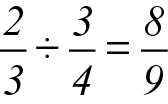 because
because  of
of  is
is 

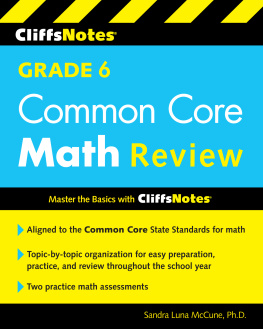
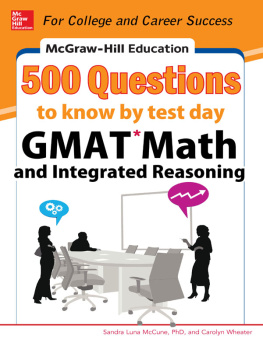
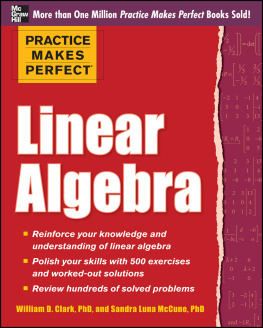
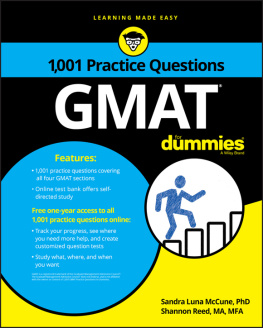




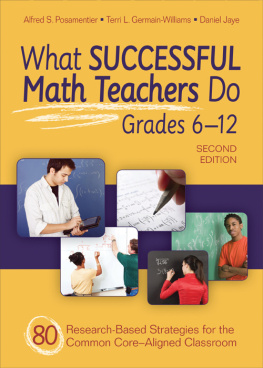
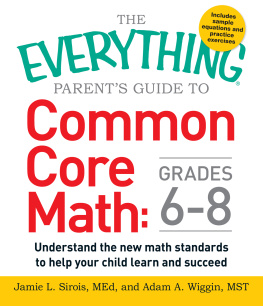

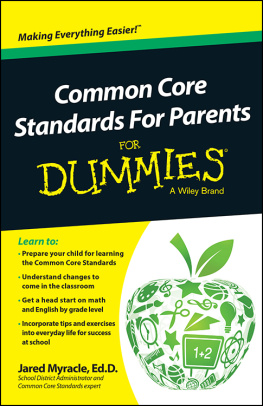
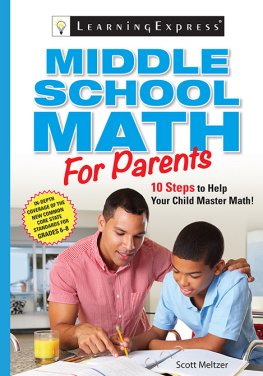
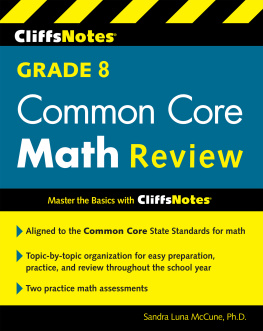


 associated with a ratio a : b with b 0, and use rate language in the context of a ratio relationship. For example, This recipe has a ratio of 3 cups of flour to 4 cups of sugar, so there is
associated with a ratio a : b with b 0, and use rate language in the context of a ratio relationship. For example, This recipe has a ratio of 3 cups of flour to 4 cups of sugar, so there is  cup of flour for each cup of sugar. We paid $75 for 15 hamburgers, which is a rate of $5 per hamburger.
cup of flour for each cup of sugar. We paid $75 for 15 hamburgers, which is a rate of $5 per hamburger. times the quantity); solve problems involving finding the whole, given a part and the percent.
times the quantity); solve problems involving finding the whole, given a part and the percent. and use a visual fraction model to show the quotient; use the relationship between multiplication and division to explain that
and use a visual fraction model to show the quotient; use the relationship between multiplication and division to explain that  because
because  of
of  is
is 